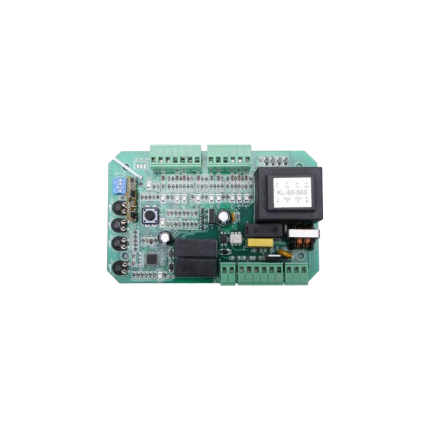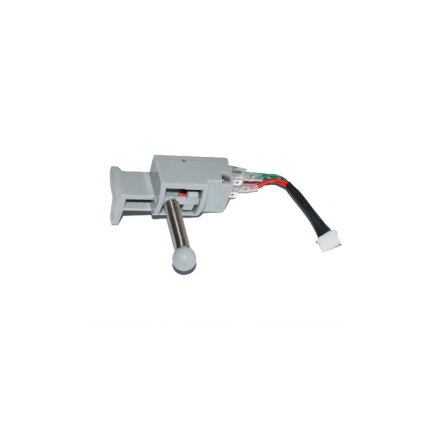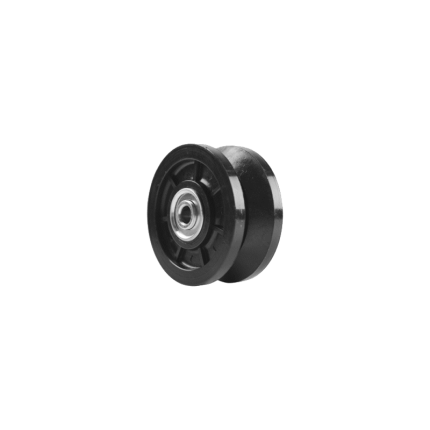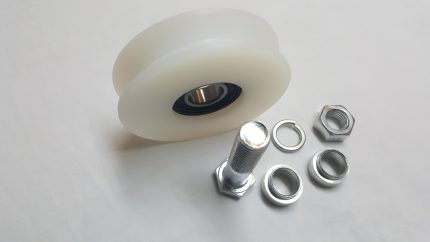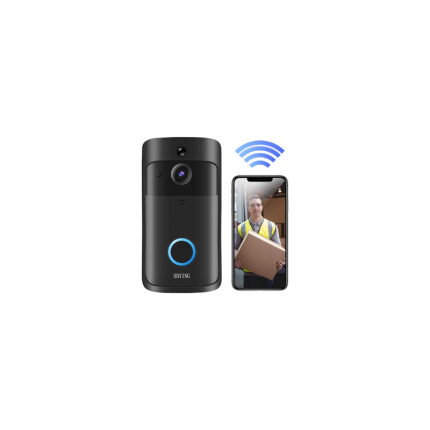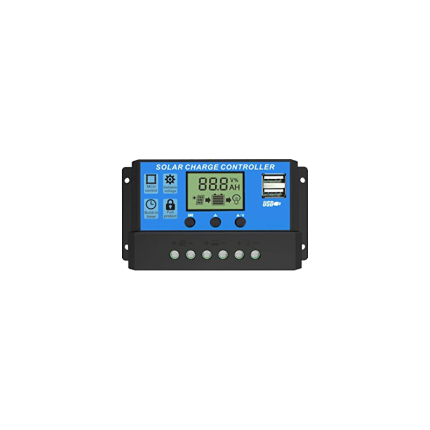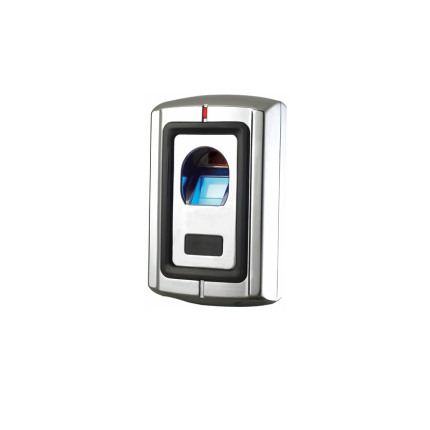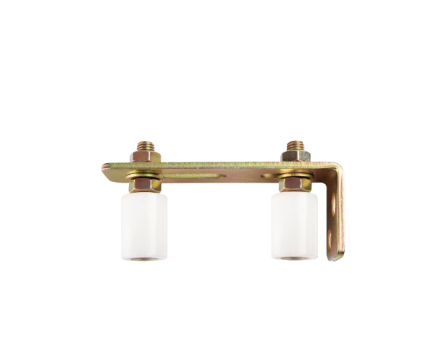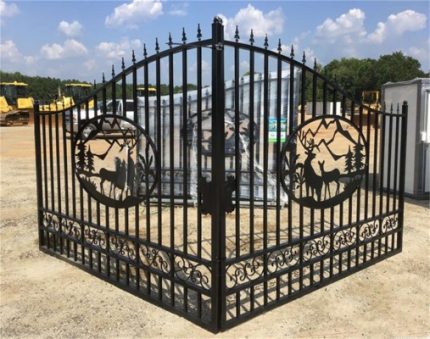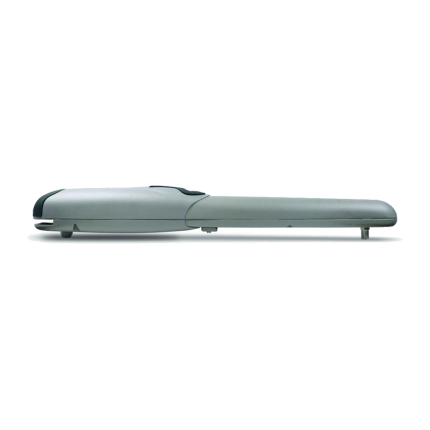Gate opener
Sliding gate operator main control board – VDS
Ship or pick up from our office.
Sliding gate operator main control board – VDS
The VDS SIMPLY sliding gate operator's main control board is the central unit that controls the operation of a sliding gate, typically one that weighs up to 600kg.
It's made by VDS Automation, an Italian company known for its gate automation products.
This control board manages functions like opening and closing the gate, potentially adjusting speed and force, and integrating with accessories such as keypads and safety sensors.
-
Central Control:The control board acts as the brain of the gate, receiving signals from remote controls or other input devices and translating them into actions for the gate's motor and other components.
-
Remote Control Integration:It typically includes a built-in radio receiver that can be programmed to work with VDS remote controls.
-
Safety Features:The control board can manage safety mechanisms like anti-squashing systems and potentially adjustable speed and force settings.
-
Easy Installation and Programming:The VDS SIMPLY control board is designed for easy installation, often featuring pre-wired components and straightforward programming.
-
Optional Accessories:It can be integrated with optional accessories like keypads, safety sensors, and other components to enhance functionality.
-
Durability:The control unit is often housed in a box with an air-stop seal to protect it from moisture and insects, and the mechanical parts may be lubricated with lithium grease for longevity.
-
Italian Manufacturing:VDS (Simply SL110) is specifically mentioned as an Italian-made control board, emphasizing quality and reliability.
Sliding gate operator main control board – Zero
Ship or pick up from our office.
Sliding gate operator main control board – Zero
The sliding gate operator main control board (also referred to as a PCB or circuit board) is the central component that manages all the functions of an automatic sliding gate system.
It acts as the "brain" of the gate, receiving signals from various input devices (like remote controls, keypads, or safety sensors) and translating them into actions for the gate's motor and other components.
Here's a more detailed breakdown:
1. Central Control: The control board is the central hub for all gate operations. It receives signals from different sources, such as:
- Remote controls: For opening and closing the gate.
- Keypads: For authorized access.
- Safety sensors: To detect obstructions and prevent accidents.
- Other accessories: Such as loop detectors, intercom systems, etc.
2. Signal Processing: The control board interprets the signals it receives and determines the appropriate action for the gate.
3. Motor Activation: Based on the processed signal, the control board sends instructions to the gate's motor to either open or close the gate.
4. Adjustable Settings: The control board often allows for adjustments to various parameters, including:
- Gate speed: The speed at which the gate opens and closes.
- Opening and closing timers: To control the duration of the gate's movement.
- Safety features: Including force adjustments, obstacle detection sensitivity, and slow-down settings.
Sliding gate operators limit sensor -Spring
Ship or pick up from our office.
Sliding gate operator limit sensor -Spring
A sliding gate operator limit sensor with a spring mechanism (also known as a mechanical limit switch or spring limit switch) is a common type of sensor used in automatic sliding gate systems to define the gate's fully open and fully closed positions. Here's how it works and what its characteristics are: Purpose of a Limit Sensor: For any automatic gate operator, the system needs to know exactly when the gate has reached its desired open and closed positions. This is crucial for:- Stopping the Motor: Preventing the motor from continuing to run once the gate has reached its limit, which would otherwise cause damage to the gate, the motor, or the track.
- Safety: Ensuring the gate stops precisely where it should, preventing it from hitting obstacles or over-extending.
- Proper Operation: Allowing for features like auto-closing, pedestrian mode, and proper synchronization if it's a dual-gate system.
- Components: A spring limit switch typically consists of:
- A microswitch (an electrical switch that requires very little force to operate).
- A spring-loaded lever, arm, or plunger connected to the microswitch.
- A mounting bracket to attach it to the gate operator or gate frame.
- Mounting: The spring limit switch is usually positioned on the gate operator itself, or on a bracket near the motor.
- Interaction with the Gate:
- On the sliding gate itself, usually along the gear rack or a specific part of the gate frame, two small "stop" tabs or flags are installed – one for the open limit and one for the close limit.
- As the gate moves towards its fully open or fully closed position, one of these tabs/flags will physically contact and push against the spring-loaded lever/plunger of the limit switch.
- This physical contact compresses the spring and activates the microswitch.
- Signal to Control Board: When the microswitch is activated, it sends an electrical signal to the gate operator's main control board.
- Motor Stop: Upon receiving this signal, the control board immediately cuts power to the motor, stopping the gate precisely at that determined limit.
- Physical Contact: The defining feature is that it relies on direct physical contact and force to activate the switch.
- Reliability: Generally reliable as they are a simple mechanical system.
- Durability: Made to withstand repeated physical contact. However, over time, the spring can wear out, lose tension, or the switch itself can be damaged by repeated impacts or debris.
- Adjustability: The position of the "stop" tabs on the gate can be adjusted to fine-tune the exact open and closed positions of the gate.
- Maintenance: May require periodic checks to ensure the spring is intact, the switch is clean, and the "stop" tabs are securely in place and correctly positioned. They can be susceptible to damage from impacts (e.g., if a child's toy or a pet gets in the way of the stop tab).
- Compared to Magnetic Limit Switches:
- Magnetic Limit Switches: These are more common in newer and higher-end gate operators (like many BFT Deimos "Ultra" models). They use magnets attached to the gate and magnetic sensors (reed switches or Hall effect sensors) on the operator. They offer a "contactless" operation, which generally leads to less wear and tear, greater precision, and less susceptibility to environmental debris or physical impact damage.
- Spring/Mechanical Limit Switches: Are typically more cost-effective and simpler in design. They are still widely used, especially in more budget-friendly or older gate operator models.
Sliding gate V-Groove nylon wheels -SLGWN778MLB
Sliding gate V-Groove nylon wheels -SLGWNS250
Ship or pick up from our office.
*Double bearing *Max 250 Kg *98 mm Diameter (4") x 44 mm Width (1-3/4") (Heavy-duty bolts, nuts, and washers are included)Smart Video Doorbell
Ship or pick up from our office.
Smart Video Doorbell
*WiFi connection *Android/IOS app on the smartphone *Answer visitors using smartphone worldwideStand-Alone Fingerprint Access Control
Support Roller
Ship or pick up from our office.
Support Roller
Support Roller for sliding gates are essential components that ensure smooth, stable, and reliable gate operation.
They guide the gate along its track, preventing it from tipping or falling off and ensuring it opens and closes with minimal friction and noise.
Function:
-
Guidance:Support rollers are typically mounted on the gate posts and guide the gate along its track as it opens and closes.
-
Stability:They keep the gate upright and prevent it from swaying or falling out of alignment, especially in windy conditions or with heavier gates.
-
Smooth Operation:By minimizing friction, they allow the gate to slide easily and quietly, enhancing the user experience.
-
Durability:They are designed to withstand the wear and tear of regular use and exposure to the elements.
Types:
- Nylon Rollers: Often used due to their durability, smooth operation, and resistance to corrosion.
- Rubber Rollers: While cheaper, they may leave marks on the gate and wear out faster.
- V-Groove Wheels: Suitable for specific track types and known for their longevity.
Installation:
- Positioning: Support rollers are typically installed on the gate posts, positioned to guide the gate along its track.
- Spacing: A gap of 5-10mm is usually recommended between rollers to allow for some movement and prevent them from doing all the work, especially if the gate is not perfectly balanced.
- Fixation: They are usually secured with bolts or by welding them to the post.
Maintenance:
-
Lubrication:Applying a silicone-based lubricant to the support rollers and other moving parts can help maintain smooth operation and reduce noise.
-
Regular Inspection:Inspecting rollers for wear and tear or damage is recommended to ensure continued reliable performance.
Swing gate – Deer design – 12 ft
Swing gate – Deer design - 12 ft
- Pick up from our showroom at #100, 11538 132A Street, Surrey, BC.
- Royal Gate Deer Style Dual Swing Gate
- Swing Gate Package Includes: 2 x driveway swing gate panel, 2 x steel gate posts (8′ H by 4″ x 4″ each), 4 x Heavy duty adjustable steel hinges
- Material: Hot Dip Galvanized steel gate with a black powder paint coating
- Swing Gate Dimensions: 12′ W x 6′ H.
- No hidden fees
A swing gate is a type of gate that opens and closes by swinging on hinges, similar to a door.
It can be a single or double-leaf (bi-parting) design and is commonly used for driveways in residential, commercial, and industrial settings.
Key Features:
-
Mechanism:Swing gates rely on hinges and can be opened manually or automated with an electric motor.
-
Types:They can be single swing (one leaf) or double swing (two leaves).
-
Space Requirements:Single swing gates require space equal to the gate's width for the arc of its swing, while double swing gates require space for both leaves to swing open.
-
Cost:Swing gates are generally less expensive than sliding gates due to their simpler design and fewer moving parts.
-
Applications:They are suitable for various applications, including residential driveways, commercial entrances, and industrial yards.
-
Advantages:Swing gates offer flexibility in design, ease of installation, and relatively low maintenance.
-
Disadvantages:They may require more space for the swing arc and can be more susceptible to damage from impacts or uneven terrain.


